Title credit: E. Eugene Spears
January 12, 2014
My buddies for life (I think) Skeate and Spears made their annual trek from the hellish cold of Banner Elk, North Carolina to pay me a visit this week. The three of us met as grad students in the fabled zoology department at UF back in the 80s, and they have been my closest friends since. All of us were Florida newbies, and we learned about community ecology and the terrestrial ecosystems of peninsular Florida from the same mentors at around the same time. Nonetheless, it was a major rush for me to spend a couple of days sharing my recently ignited passion for Ocala National Forest and its diversity of plant communities and landscapes with them by visiting a couple of my favorite spots in the forest. We had all taken Community Ecology at UF with field trips led by the great man, Dr. Archie Carr, whose knowledge and understanding of Florida natural history and ecology were nothing short of miraculous. So by comparison, my puny attempts to enlighten them somewhat about the scrub, high pine, and associated habitats were kind of laughable. But all we can do is take what we’re given, G. We had no particular target taxa in mind; we were just road-cruising, happy as scallops for whatever natural history nuggets we might chance upon.
In fact, this post might be better called the anti-snipe hunt, as it is antithetical in nearly every respect to the traditional snipe hunt. In a regular snipe hunt, a naïve nimrod is stationed somewhere in purportedly suitable habitat, preferably on a dark, moonless night, to wait for the mythical snipe to appear and bag it. It’s a very focused pursuit, but typically produces no useful outcome other than amusement for the instigators. By contrast, we were three unfocused but somewhat knowledgeable fellows, looking for nothing in particular, nearly constantly in motion, covering a lot of territory on a bright morning. And our efforts produced several useful outcomes, including crippling views of the legendary snipe. No capture other than digital, though.
On Friday, we first visited a tract of private property a bit south of Astor Park that included the remains of some old sand-mining operation, and then we headed southwest towards the Alexander Spring section of the forest. As we tooled southeast on FR18 towards the 52 Landing boat ramp on Alexander Springs Creek, we saw (incredibly briefly) a 3-4’ snake speed across the road and into the cover along the margin. Perhaps as quickly as I’ve ever seen a snake cross a 20’ wide roadbed. I didn’t even get a look at the head before it disappeared out of sight, but the sand-colored caudal half of the body and rapid rate of transit was enough to identify it: coachwhip. As we savored the buzz of the sighting, we reminisced about the coachwhip we saw while on a Community Ecology field trip to the Ordway Preserve over 30 years ago. Most of the dozen or so grad students in the class, and a couple of faculty, were in the departmental van ahead of me. As I still am, I was a driving fool and so was following the van in my tortured old ’75 Ford Futura. I had to slam on the brakes and skid to a sudden stop in the sugar sand ruts as the van ahead of me did the same; the side door opened and about a half-dozen people exploded out of it in pursuit of the coachwhip that had crossed the two-track we were driving on through the successional pasture. Most of these herpetophiles were young men in their physical prime, but the great Dr. Carr, then somewhere in the neighborhood of 71 years old, beat them all to the beast and with a great flying leap pinned the coachwhip with his torso.
The nasty masty turned around, clamped down on Dr. Carr’s nose, and held on. And Dr. Carr stayed chill, knowing that any movement might cause the snake to rake his not-insubstantial rows of sharp teeth through his rostral flesh. After a few seconds, the coachwhip, still mostly immobilized by Dr. Carr’s weight pressing on him, let go of his nose and looked around. One of the other members of the group immediately grabbed the snake a bit too far down the neck and pulled it from underneath Dr. Carr. The coachwhip promptly latched onto his hand and raked, causing him to begin gushing blood from numerous small lacerations. After they released the snake and it began its retreat from the band of stinking primates, I took two photographs of it as it periscoped and scanned its surroundings before boogying at top speed. When I received and viewed the processed slides, I saw that a small turkey oak seedling beside the snake was speckled with blood.
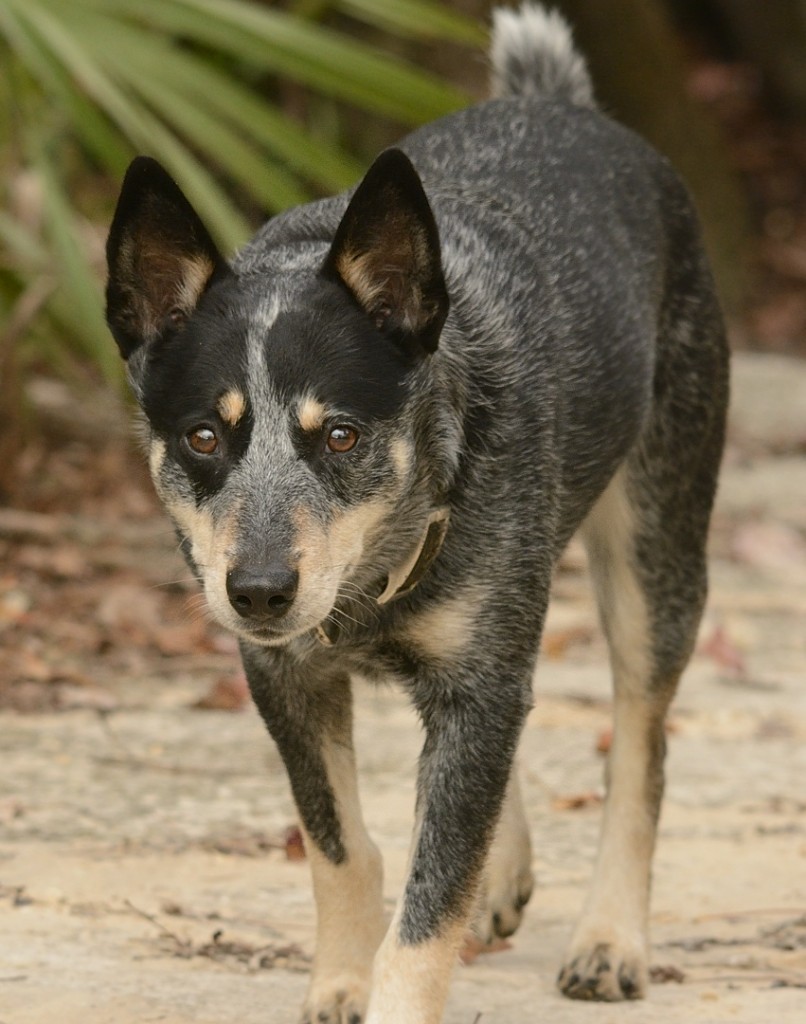
Buckeye. This charming little canine played no significant role in any of the adventures related here, but he’s so damned handsome I had to include his portrait.
We had no comparable adventure with the Ocala coachwhip yesterday; it was gone before the three of us had even processed our sensory input and identified the snake as a coachwhip. Conclusion from this and countless other anecdotal evidence: Dr. Archie Fairly Carr Jr. was a great, great man.
The rest of Friday’s trip, which included Paisley Road and FR06, was lovely but unproductive of anything other than stunningly beautiful habitats. Our sampling of gorgeous and diverse habitats resumed on Saturday, when we took FR11 north from SR40, a bit west of Astor Park, and followed it to its end at Ocklawaha Lake, on the boundary of Ocala National Forest. Unlike most forest roads, the stretch of FR11 between SR40 and its intersection with SR 316 just northwest of Lake Kerr is paved. This section of FR11 passes mostly through scrub, though the range of scrub subtypes spans nearly the entire gamut, from recently harvested clearcuts to mature, even-aged stands of nearly pure sand pine, and all the intermediate successional stages connecting these two endpoints.
Once north of 316, as FR 11 approaches the Riverside Island tract, the road reverts to the more typical yellow sand. It was here that within a stretch of no more than a mile or two we spotted two different black bears poking around the road margins. We stopped and glassed both animals for a minute or two from a distance of a couple hundred yards, and they glanced up the road at us but remained unconcerned until I tried to drive closer to them, at which point they both slowly retreated back into the sand pine scrub. It seems like there must be some meaning to the observation that in the 35 years I’ve lived in Florida, I’ve seen black bears in natural habitats (I’m not including the young bear I saw at 2 a.m. in the morning from about 5’ away destroying the bird feeder and pole just outside the window of my DeBary home, nor the one that wandered onto the Stetson campus one fall a few years back, climbed up into a smallish oak tree in front of the student union, and snoozed there for several hours as students and staff treated it like a rock star and gathered around to ooh and aah) maybe 11 times, and that eight of those sightings have been in the last 6 months. But more likely it is just a reflection of the random and unpredictable nature of actually seeing uncommon and wary wildlife.
Further north on FR11 the habitat transitions from scrub into regenerating sandhills, and then a bit further on, mature tracts of longleaf savannah where I had several killer encounters with roving clans of red-cockaded woodpeckers last year. The bright cloudy skies on this breezy morning provided the perfect diffuse lighting to accentuate the panoply of brown hues produced by the numerous conspicuous grasses. Luscious golden browns of Andropogon, creamy tans of wiregrass, a diverse range of intermediate tones from other grasses and senescent forbs – it’s a beautiful time of year to be in the sandhills.
At Rodman Dam, I was hoping for a variety of dabbling and diving ducks, but the only aquatic swimmers to be found were big flocks of American coots. While watching a couple of killdeer exploring the broad grassy berm of the dam, I saw a lone Wilson’s snipe toddling slowly up the slope. Confident that it would flush with a buzzy prrrrrt as soon as I got anywhere close to it, I idled towards it hoping to grab a shot or two. And behaving exactly like a consummately cryptic bird should, it surprised me by never flushing, ultimately allowing me to drive within about 15 feet and fire away to my heart’s content. It was still hunkered in the same spot as I slowly pulled away.
The friends I made in graduate school were some of the finest people I’ve ever been privileged to know, and those relationships seem to sweeten and intensify with time like a fine wine. Can’t go back to those halcyon, treasured times, I know, but spending time with old friends like Skeate and Spears is maybe the next best thing.
The post-script to this story concerns stuff we didn’t see. Before their visit, I was totally jazzed by the prospect of showing off the pair of painted buntings that had been visiting my gardens for the previous couple of weeks. But both those birds disappeared about a week before my friends arrived, and despite my repeated entreaties to the bird gods, the male never returned while they were here. Coco, the female, did put in brief appearances on Friday and Saturday afternoon, but the incomparably beautiful male waited until 3 hours or so after they pulled out this morning to make his return. The serendipity of natural history. Next year, my friends.
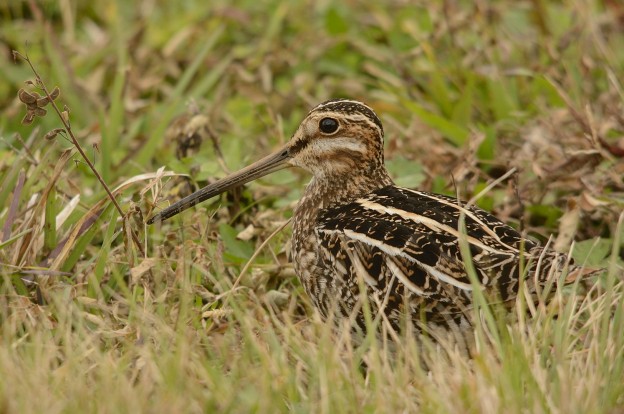
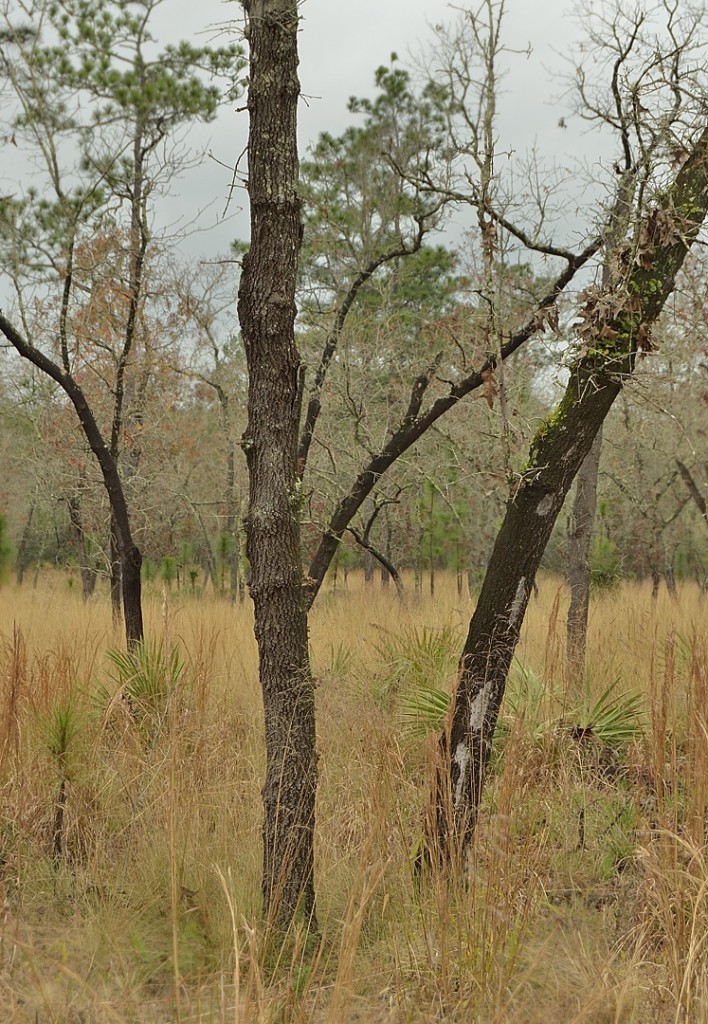
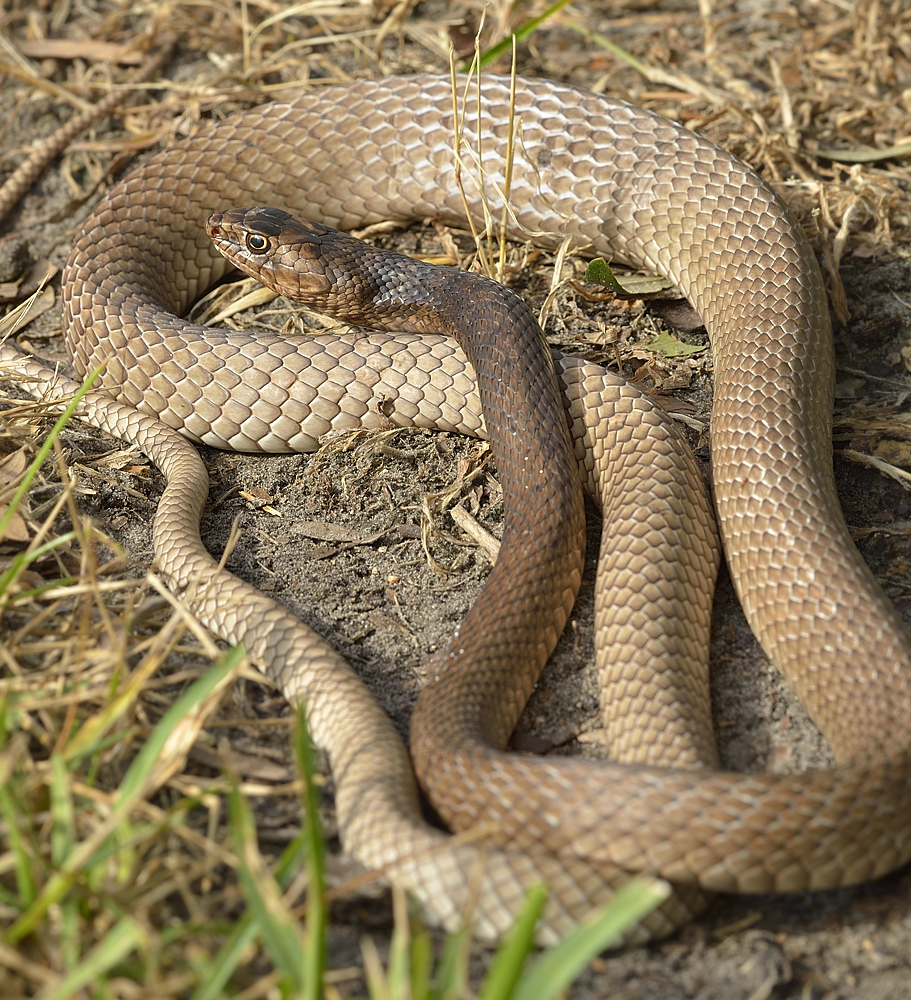
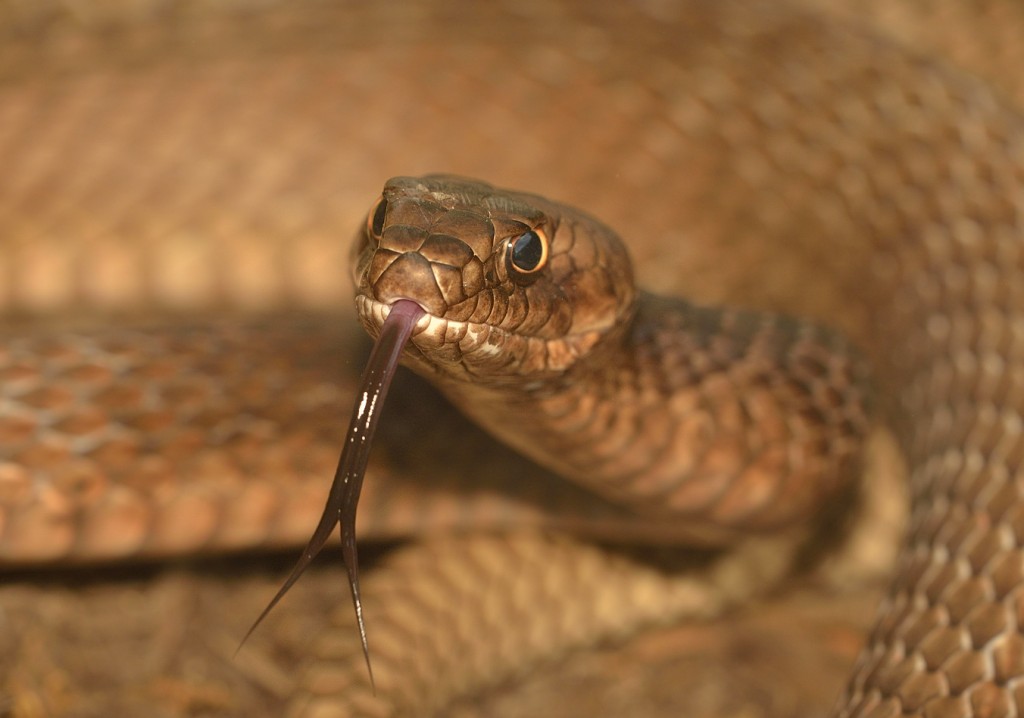
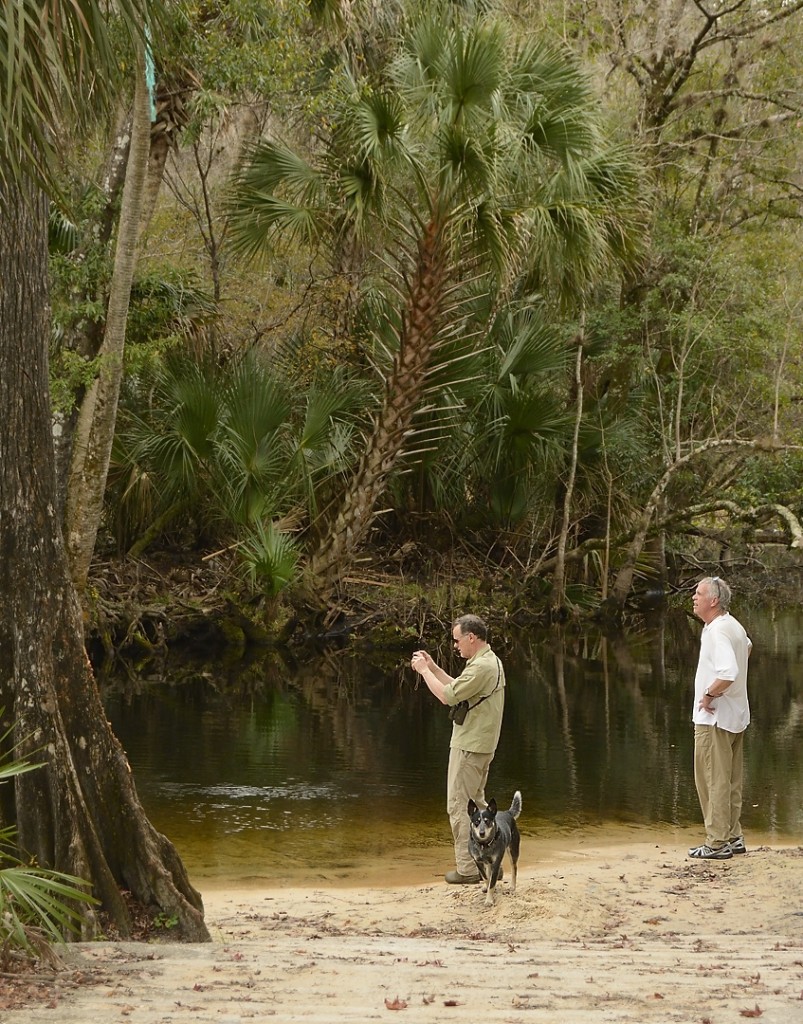
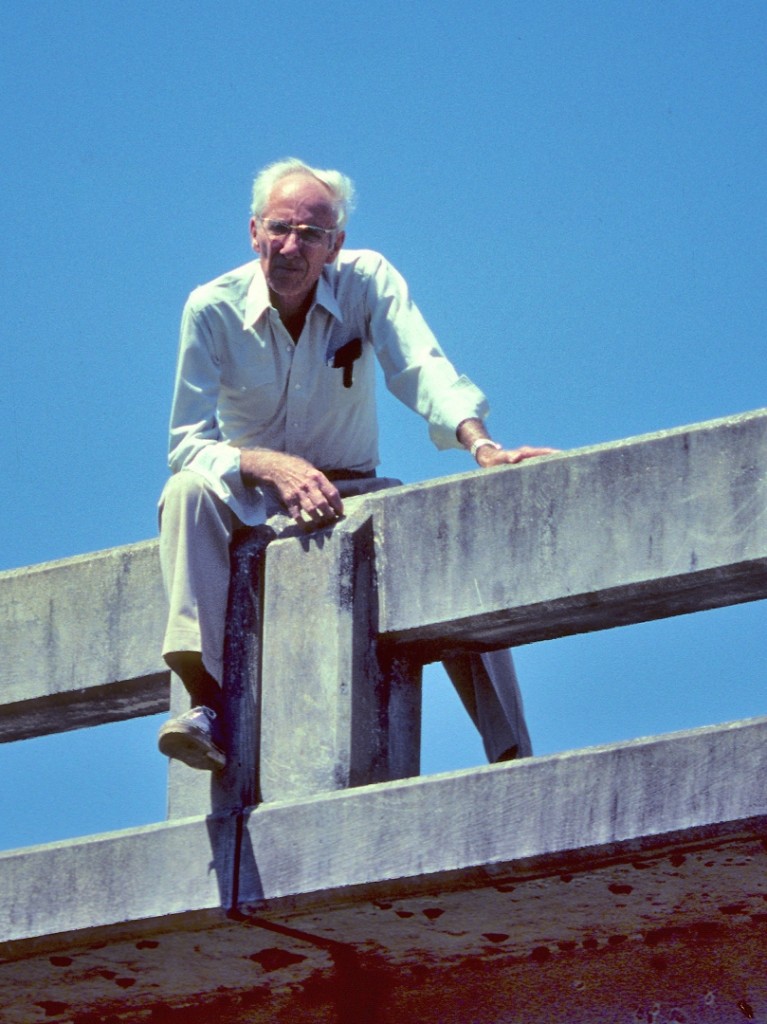
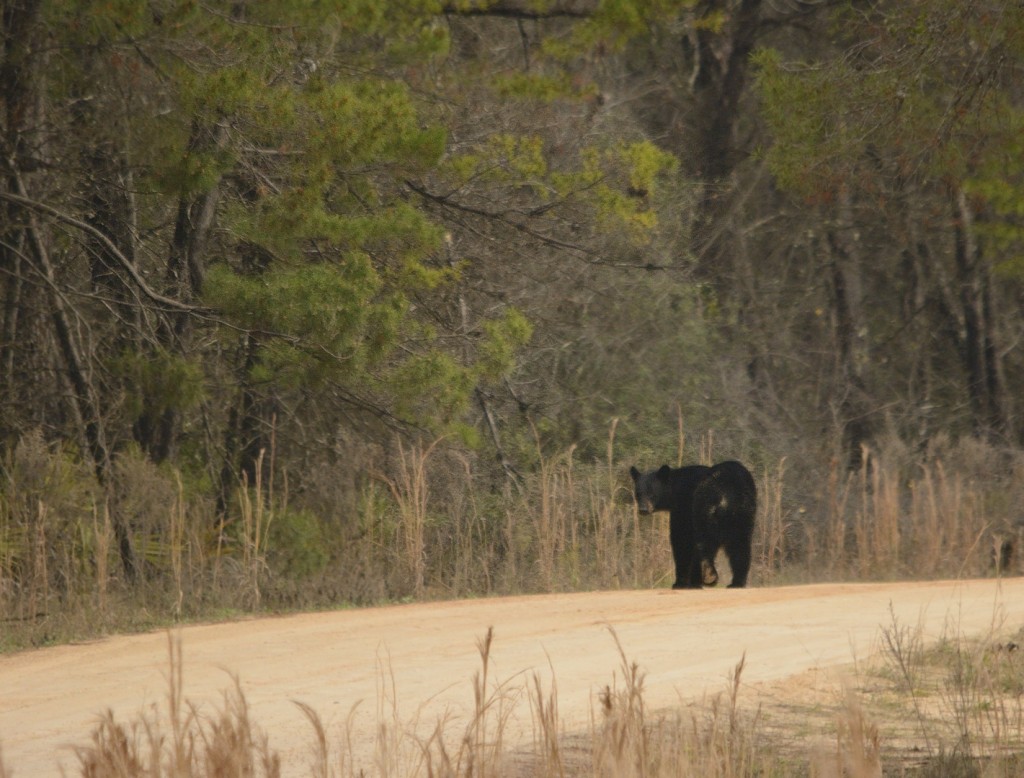
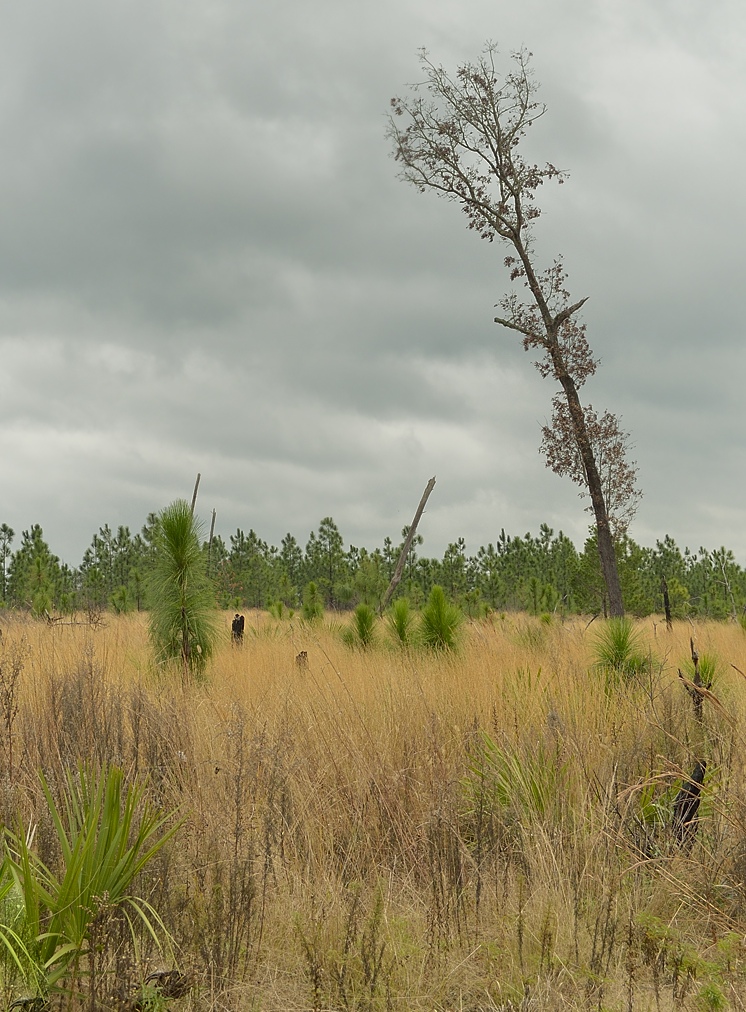
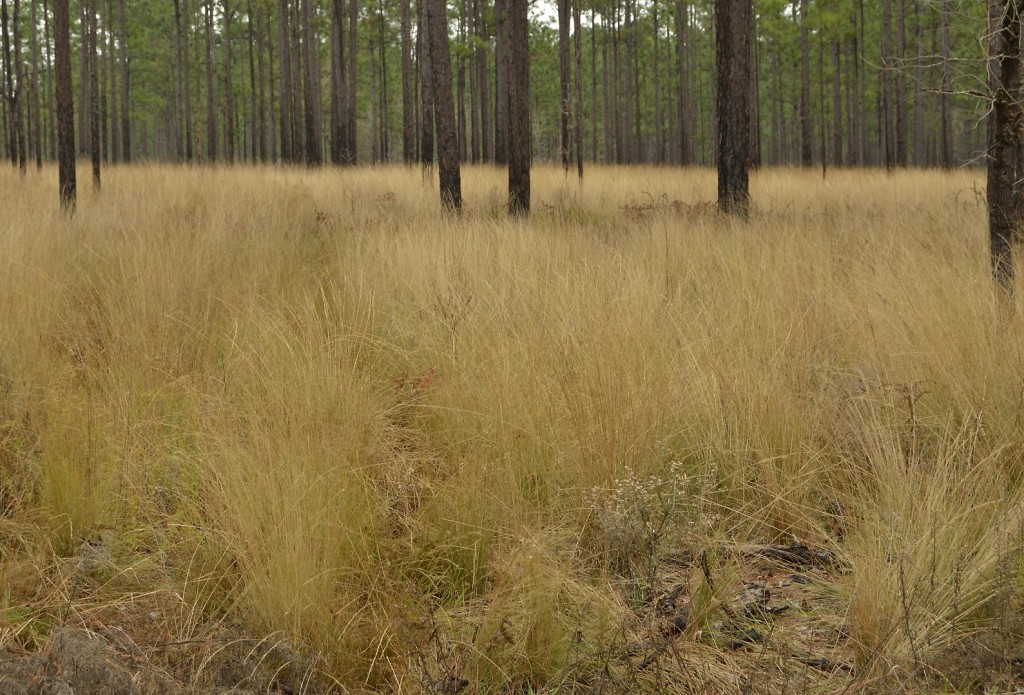
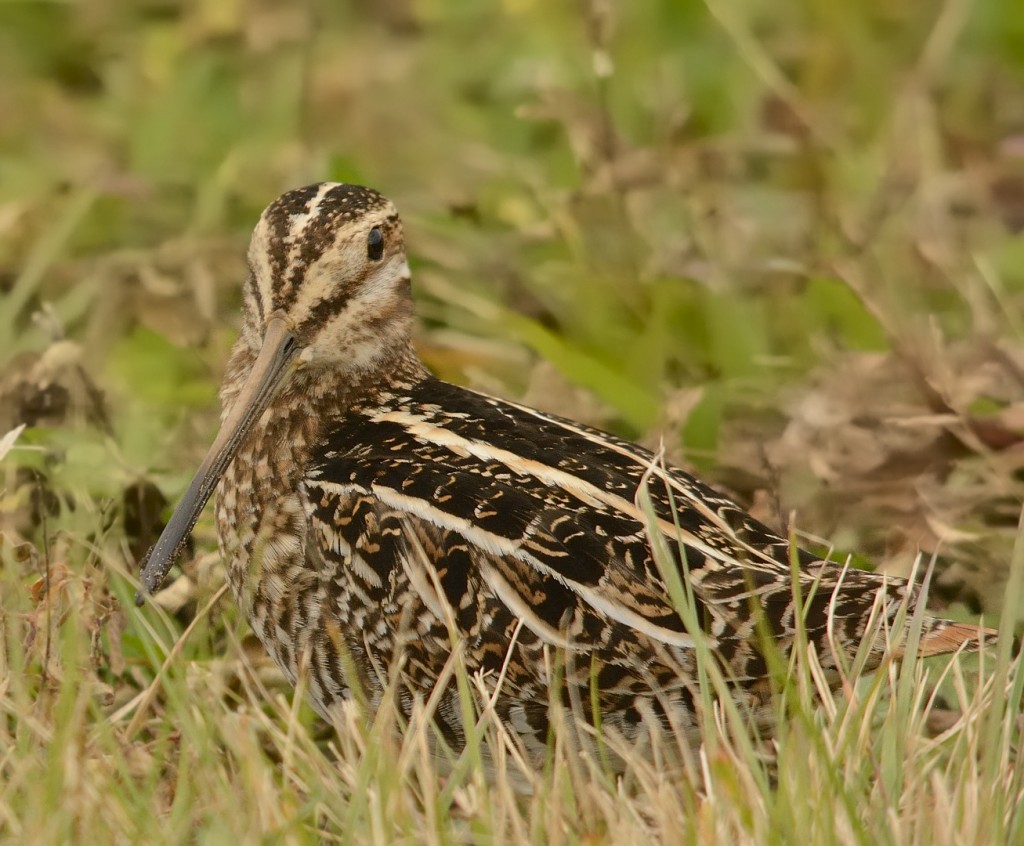
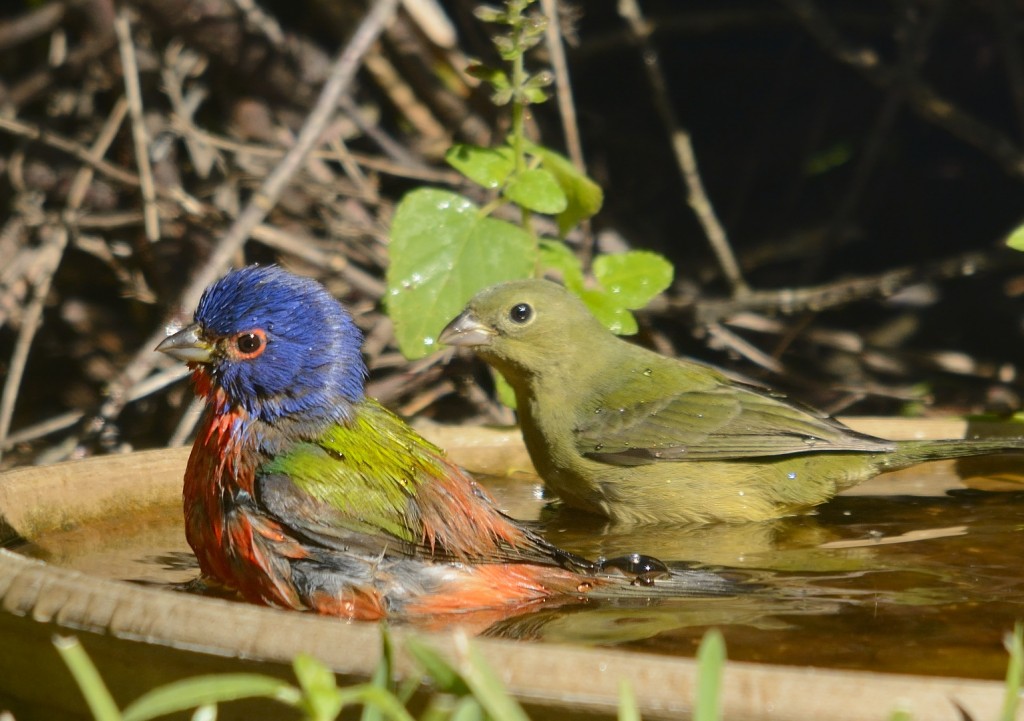
I’m glad I met you through Arnette’s posts. One of our best friends ‘way back when we lived in Pa. was head of the Biology Dept. at W&J (Washington and Jefferson) and though he was a dear friend I am still
surprised (and a bit shocked) at the fact he was not the slightest bit interested in the natural world. Wonderful to have a real biologist (you) out there studying and enjoying it! Just had to mention it because I am so pleased!!!
Thank you, Joan. Some biologists get just as much satisfaction out of their gels and cultures as I get out of whole organisms. I don’t get it, but that could be said of many things.
True. He was into research–but we lived in the woods !
Fantastic post, Peter — in time and space! The coachwhip story was priceless. Pieces of work, those coachwhips.
Thanks, Janson.
I too was privileged to be part of that cadre of young enthusiastic explorers of Florida ecosystems with May, Skeate, Spears, and many many others. One thing we all learned was that every time you visit a natural area, no matter how many times you have been there before, if you keep your eyes and ears open you will always discover something new and astonishing. Pete has kept that feeling alive with this beautiful and refreshing blog – many thanks my friend!
Thanks for reading, Harry. When I think about the wonderful friends I made during those grad school years, you and Kris are two of the people that are at the top of the list. Agree entirely about how much there is still to learn about natural history.
awesome post. Your love for Dr. Archie Carr is heartwarming. I never met him, only his legacy. Great read.
Thank you, Ann